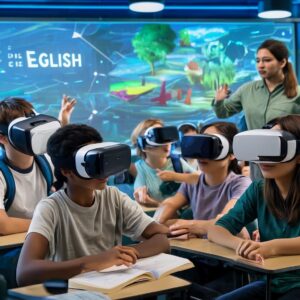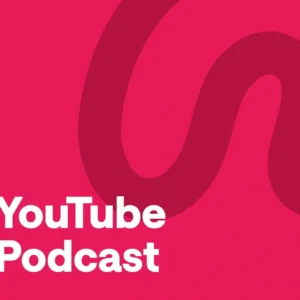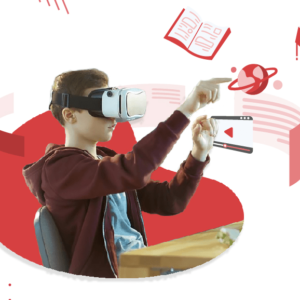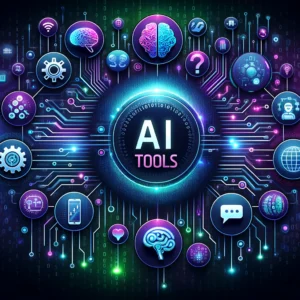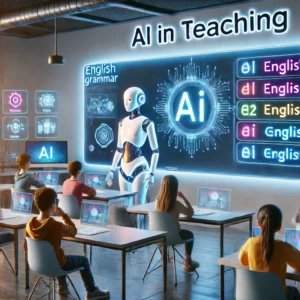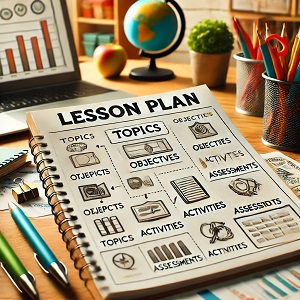Remember the classic image of a classroom? Rows of desks, a blackboard, and the sound of a bell ringing. While that model has served us for generations, the landscape of education is undergoing a radical shift. Enter the virtual classroom—a dynamic, digital learning environment that breaks down the walls of the traditional school. But what exactly is a virtual classroom, and why has a tool like Google Classroom become such a cornerstone of modern education? Let’s dive in.
What is a Virtual Classroom, Really?
At its core, a virtual classroom is a digital space where teaching and learning happen. It’s not just a repository for files or a video conferencing tool (though it can include those). A true virtual classroom replicates the key functions of a physical classroom:
- A Central Hub: It’s the “home base” for all class activities.
- Communication: Announcements, discussions, and feedback happen here.
- Distribution: Teachers can assign work, share resources, and post materials.
- Collection: Students can submit their assignments digitally.
- Assessment: Quizzes, grading, and progress tracking are integrated.
In short, it streamlines the entire teaching and learning process, making it more organized, accessible, and efficient for everyone involved.
Google Classroom: The “How-To” of Modern Learning
Google Classroom excels because it takes the concept of a virtual classroom and makes it incredibly simple and intuitive. Built on the robust foundation of Google Workspace, it feels familiar from the moment you log in. Here’s a look at how it brings the virtual classroom to life:
1. Streamlined Organization: No More Lost Handouts
The Stream acts as the class timeline, where teachers can post announcements and kick off conversations. The Classwork page is where the magic of organization happens. Teachers can create assignments, quizzes, and questions, and—most importantly—organize them by topics (e.g., “Chapter 5: The Civil War,” “Weekly Math Problems”). This eliminates the “I lost the worksheet” excuse forever.
2. Seamless Assignment Workflow
This is where Google Classroom truly shines.
- Create: A teacher creates an assignment, attaches a Google Doc, and can even set a due date.
- Distribute: With one click, the assignment is sent to every student. The best part? The teacher can choose to automatically make a copy of the attached Doc for each student, pre-named with their name and the assignment title.
- Submit: Students complete their work in the Doc and click “Turn In.” The ownership of the file automatically transfers back to the teacher.
- Grade & Return: The teacher can grade directly in the Doc using the built-in comment and suggestion tools, assign a grade, and return the work with a click.
This seamless integration with Google Drive and Docs removes countless friction points, saving time and reducing frustration.
3. Enhanced Communication & Feedback
Learning thrives on communication. Google Classroom facilitates this through:
- Class Comments: Public comments on the Stream or an assignment allow for community questions and discussions.
- Private Comments: Students can message their teacher directly on an assignment for specific help, creating a safe channel for feedback.
- Real-time Feedback: Teachers can jump into a student’s Doc while they are working to leave encouraging comments or guidance, turning assessment into an ongoing conversation.
4. A Single Source of Truth
For students and parents, the Classroom Calendar automatically syncs with due dates. The To-Do page gives students a clear, centralized list of what’s pending across all their classes. This empowers students to manage their own workload and builds essential executive functioning skills.
The Bigger Picture: Why Virtual Classrooms Are Here to Stay
While tools like Google Classroom were a lifeline during pandemic lockdowns, their value extends far beyond emergency remote learning.
- Blended Learning: They are perfect for a blended model, where in-person instruction is supplemented with digital resources and activities.
- Differentiation: Teachers can easily assign different materials to different groups of students, personalizing the learning journey.
- Accessibility: Students can access class materials, submit work, and catch up on announcements from anywhere, at any time, on almost any device.
- Going Paperless: It’s an eco-friendly and cost-effective approach that reduces reliance on photocopies and physical supplies.
The Human Element is Still Key
It’s crucial to remember that a platform like Google Classroom is a tool, not a teacher. The heart of education remains the connection between the educator and the student. The virtual classroom doesn’t replace that; it enhances it. It handles the administrative heavy lifting, freeing up the teacher to do what they do best: inspire, guide, and support.
The Future is a Hybrid One
The virtual classroom is no longer a futuristic concept. It’s a present-day reality that is making education more flexible, organized, and accessible. By mastering platforms like Google Classroom, educators aren’t just keeping up with technology—they are unlocking new ways to engage the next generation of learners.
The classroom of the future might not have four walls, but it will be filled with connection, curiosity, and collaboration, powered by the smart technology that makes it all possible.

